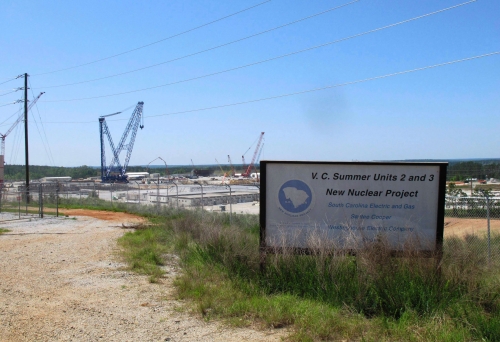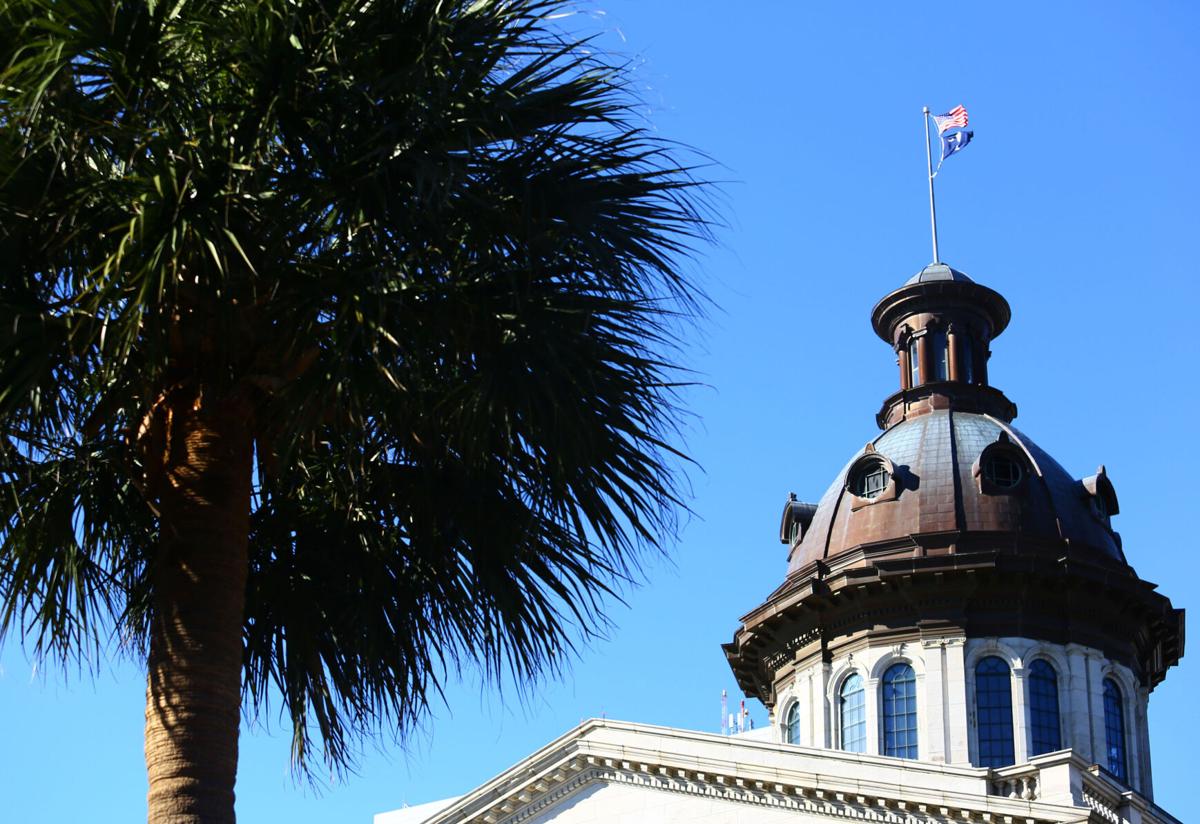Santee Cooper Mythology: Newest Numbers Retell the Tale
No doubt one of the most tragic figures in Greek mythology was the Trojan princess Cassandra (known as Alexandra to the Romans). She was one of the many in classical literature who was punished for ticking off a god (Apollo in her case). Then who can forget Sisyphus? His torturous sentence from the god Hades for attempting to cheat death is a little better known. These poor souls were on the receiving end of two of the weirdest curses in antiquity. The specific nature of those curses is instructive for (of all things) South Carolina public policy purposes.
Believe it or not, Sisyphus and Cassandra are each representative of the tale of Santee Cooper and one of the utility’s critics.
First, there is Cassandra. Cassandra was given the superpower of seeing into the future, but with the accompanying curse that she would never be believed. What a peculiar pernicious spell! What could be worse than having perfect perspicuity but being powerless to persuade others of the accuracy of your vision?
In research conducted for Palmetto Promise Institute (PPI), Clemson Economics Associates (CEA) took a hard look at Santee Cooper finances. Very quickly economist Dr. Katie Player determined that compared to investor-owned utilities in the Carolinas, Santee Cooper was underfunding capital expenditures (“CapEx”).
Even factoring in Santee Cooper’s relationship with Central Electric Power Cooperative Inc. for its portion (the electric co-ops’ transmission grid operator) the utility was clearly attempting to tread water on CapEx, perhaps until the storm of controversy over the abandonment of V.C. Summer 2 & 3 had passed or even until talk of a sale had passed.
But there was more.
Poring over the Santee numbers, whether through the lens of an investor-owned utility or from the perspective of public power, to Clemson Economics Associates, something didn’t add up.
How in the name of Zeus could the South Carolina Public Service Authority freeze rates, pay ratepayers back a small portion of V.C. Summer debacle expenses, build new natural gas and solar, retire coal, implement phased battery storage, eliminate debt, and maintain its generation and transmission infrastructure adequately? The answer was clear. They couldn’t.
On September 24, 2020, CEA and PPI released research showing that Santee Cooper would be low on cash and would have to underfund CapEx or find the money somewhere, perhaps through new borrowing. Specifically, CEA economist Dr. Player wrote:
Santee Cooper has enough cash from operations to invest in capital expenditures and maintain its asset base, or service its debt through 2029, but not both. Given the language in Santee Cooper’s bond documents, bond interest and principal payments are senior to all Santee Cooper expenses, including capital improvement expenses, as well as operating and administrative expenses. Given this language, it appears that if Santee Cooper cannot borrow more money to maintain its asset base, it will be forced to use operating cash flow to service the debt and neglect its planned investments in Property, Plant & Equipment (PP&E) (capital expenditures).
Some independent-minded legislators and attentive public policy professionals believed this prediction, but others were quite sure that CEA and PPI were cooking the numbers, drunk on “free market capitalism.”
Then it happened.
On October 28, 2020, Santee Cooper announced that as a part of refinancing a small portion of its debt, the state agency would utilize a swap of sorts to pull out $100 million cash to use for…you guess it…capital expenditures. State leaders hit the roof. They felt they had been blindsided by of all things new borrowing by the debt-encumbered agency.
As for the dead-on accurate CEA/PPI research, one response by Santee Cooper’s defenders was to try to gaslight PPI by pointing out a single typo in the thousands of words it had written about Santee Cooper
(In one of the many updates to numbers from the SC Energy Office comparing utility rates of all South Carolina providers, a transposition error in PPI research led to the conclusion that Santee Cooper had the “highest residential electric rates in the state.” The error was acknowledged and fixed. In a weird twist, this mistaken prophesy came true within weeks except the “highest rates” were wholesale not residential rates as PPI had originally stated and the high residential rates were actually bills as projected by ORS.)
Why do we bring this up now? Are we just playing “gotcha”? Actually, no. We mention the cash-out CapEx borrowing of Santee Cooper in October, 2020 because on August 5, 2021, the state agency very publicly announced they would be doing it again. In documents submitted in compliance with the new Act 90 (2021) signed by Governor McMaster on June 15, Santee Cooper said they would borrow more for CapEx as a part of debt refinancing. Again, CEA/PPI got it right back last fall, saying that cash flow would be a multi-year issue. (In June 2020, Santee Cooper leaders said that it need to invest $290 million per year through 2029 in CapEx.)
Numbers submitted to the Joint Bond Review Committee (JBRC) of the General Assembly on August 5, 2021 show that the arrangements this time are to issue Revenue Obligation Bonds not to exceed $350,000,000 to “retire outstanding variable rate tax-exempt commercial paper notes and revolving credit agreement loans totaling approximately $189,167,000 that were issued to fund certain capital construction projects expenditures through July 2021 (the “Short-Term Debt”),” and “fund future capital project expenditures totaling approximately $152,000,000.” Santee Cooper estimates only 55% of its 2022-2024 Capital Expenditures of $856 million to be funded by internally-generated funds.
Projected Debt Service figures including the new bonding submitted to JBRC as Exhibit A show payments still running until 2056. In 2030, debt will still stand at $5.1 billion. Total Debt Outstanding before the refinance is shown at $6,695,902,000. Total Existing with Proposed Debt after the refinance would be $6,792,932,000. With no investors to pay the tab, all of this debt will fall on the ratepayers of Santee Cooper direct serve customers and those of the South Carolina Electric Cooperatives…and their grandchildren. (That’s $12,921,640,262 with principal and interest projected.) The net present value savings resulting from the August, 2021 requested refunding is expected to be approximately $50,000,000.
As for Sisyphus, his curse was to roll a massive stone up a mountain, only to have it roll back down again. So it is with Santee Cooper’s debt. Refinancing rejiggers the debt, but only an outside force can remove the boulder entirely and relieve Sisyphus ratepayers of their fate.







